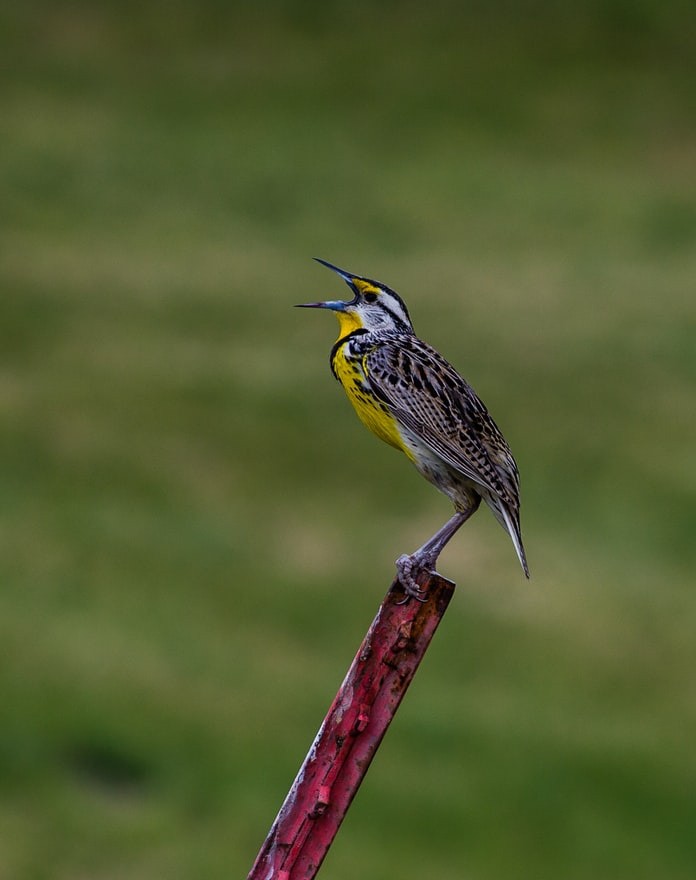
Songbirds are a group of more than 5000 passerine birds and, as its name implies, they come with a vocal organ that can produce diverse and elaborate bird songs. Mating season for some species of songbirds includes flashy displays of vocal prowess and bright-colored feathers. Even so, a new study suggests that brightly colored male songbirds should also make sure that their sperm can last the distance.
In a recently published study in the Royal Society Journal Biology Letters, Dr. Kate Durrant from the School of Life Sciences at the University of Nottingham and her team of scientists analyzed how evolution developed the plumage and sperm cells of the songbird species and how did it help in mating and passing on the genes to the next generation. There are a lot of studies prior to this regarding the mating behavior of the songbird, however, most of those studies focused on the plumage and overall appearance, alone. The team conducted the first study on mating behavior that also tackles the shape of the sperm to be able to understand if the intense competition helps shape the feathers and the sperm.
In order to test their theory, the team looked at 278 species of songbirds from around the world and analyzed the data on how these species look in terms of their plumage and the shape of their sperm and determine the success of their offspring. Some male songbirds exhibit a bright display of feathers and this has been proven to be a result of sexual selection. For instance, brighter male songbirds more likely to succeed in securing mates and leave more offspring. Nevertheless, how much competition for mates a male songbird faces still depends on factors such as the number of available females or how dense the population is, and the structure of the vegetation they are in. Dr. Durrant explains that the intensity of sexual selection may vary between species. Male songbirds become really colorful if the competition is really strong, however, males do not need only to be attractive they have to have the best sperm too if they have to compete. Meanwhile, females have bland colors in order to camouflage especially in the breeding season.
This strength that is required from a sperm lies in its 'midpiece' where adenosine triphosphate or ATP, the energy-containing molecules is located to power the cell's movement. Biologists used to think that if the midpiece is large, the ATP produced is also large so the cell would swim quickly to the get to the egg. While this can be true to some species, this is not always the case. The large midpiece, according to the scientists in this study, most likely allows the sperm to the last longer instead of swimming faster.
The scientists used plumage data from previous studies together with various data on the shape of sperm for 278 species of songbirds. They were able to find out that males from the songbird species which exhibit a more elaborate and more colorful plumage had longer sperm midpieces. "In a competitive environment, lots of males are competing with each other for the female's attention," Dr. Durrant explains. "There can be a higher number that can mate with the same female, and this is where sperm and how long it lasts is really important."
Dr. Durrant explains that if a female bird was able to mate with a significant number of males, she will be keeping their sperm until she is ready to release an egg. "At this point, the long-lived sperm can reactivate and fertilize the egg," she said.
© 2025 ScienceTimes.com All rights reserved. Do not reproduce without permission. The window to the world of Science Times.












